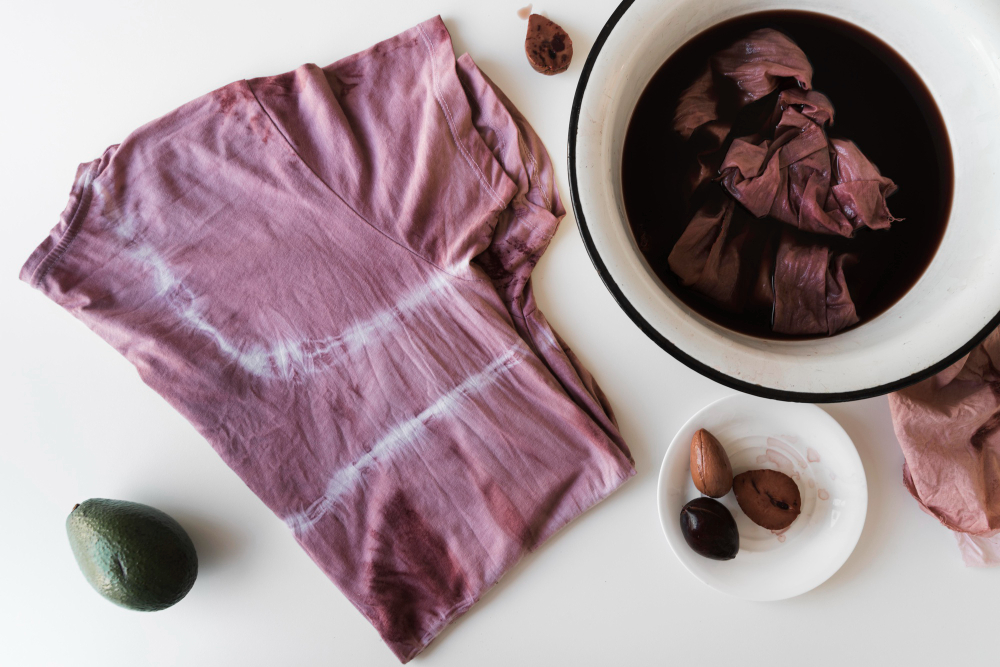Overview of the Textiles & Dyeing Industry
The Textiles & Dyeing industry is a vital component of global manufacturing, playing a central role in the production of fabrics, apparel, and home textiles. This sector encompasses a wide range of activities — from fiber production (natural or synthetic), yarn spinning, fabric weaving/knitting, to dyeing, printing, and finishing processes that enhance the appearance and functionality of textile products.
Dyeing is a critical stage in textile manufacturing, where fabrics are treated with colorants and chemicals to achieve desired colors and patterns. Modern dyeing technologies aim to improve color fastness, reduce water consumption, and minimize environmental impact. The industry uses both synthetic dyes (such as reactive, disperse, and acid dyes) and, increasingly, natural dyes as demand for sustainable fashion grows.
Key applications of textile products include:
- Apparel and fashion
- Home furnishings and upholstery
- Technical textiles (e.g., medical, automotive, and industrial uses)
While the industry provides millions of jobs worldwide — especially in countries like China, India, Bangladesh, and Turkey — it also faces significant challenges. These include high water usage, chemical pollution, waste management, and labor conditions. As a result, many companies are adopting eco-friendly practices such as water recycling systems, low-impact dyes, and circular fashion models.
With growing consumer awareness and pressure for sustainability, the textiles and dyeing industry is undergoing a transformation toward greener and more responsible production methods.

